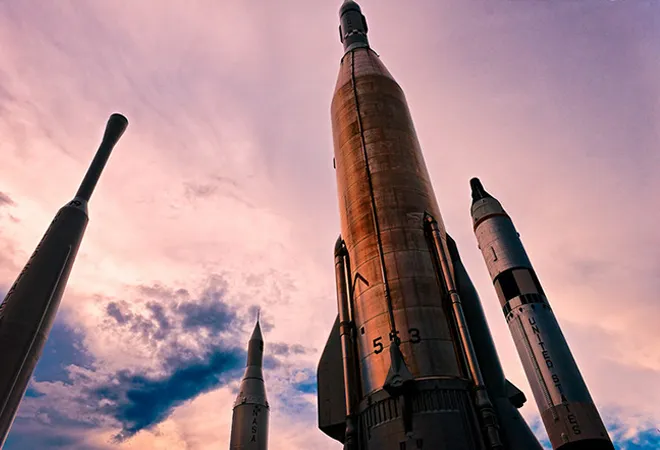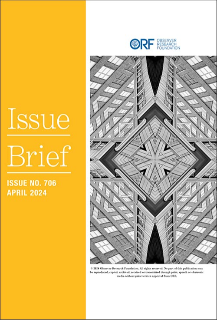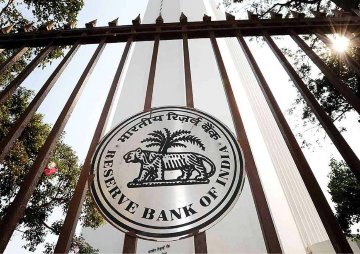 This article is part of the series — Tech in the New Decade.
This article is part of the series — Tech in the New Decade.
A new space race is on. A domain that was once dominated by two players, the United States and the Soviet Union, for much of the Cold War years now has more than 80 players, posing several different challenges to maintaining space as a safe and secure sanctuary. The space domain has changed in significant ways in the last two decades, not only because of a multitude of new players but also the increasing incapacity of existing rules and norms to manage various challenges in outer space. The emerging security competition between various powers is also echoing in their activities in outer space. Sadly, all these challenges come at a time when dependence on outer space is also rising.
Space is no more the preserve of the great powers or the rich countries.
There has been an increase in the number and diversity of players involved in outer space. Space is no more the preserve of the great powers or the rich countries. Today, every country is dependent on outer space to varying degrees. About 80 countries have active space programmes although only less than a dozen have space launch capabilities. Dependence on space encompasses a wide arena of requirements including for telecommunications, weather forecasting, satellite-based navigation systems, and, of course, more traditional and security-oriented areas like intelligence, surveillance, reconnaissance and military communications. In addition to state players, there are also several private sector actors in outer space. Traditionally, participation of private players was a western phenomenon, but this has become a reality in other regions as well. These private players are now spread across many countries including India, China, Japan, Australia, and many others.
The intensifying use of outer space has resulted in growing congestion. Though the general impression is that outer space is ‘unlimited,’ usable areas of outer space for most common activities are limited, which is one of the reasons for the congestion. The intensifying use of outer space also leads to other problems such as space debris. NASA
estimates that there are more than 23,000 orbital debris larger than 10 cm and an estimated 500,000 particles between 1 and 10 cm in diameter. The number of debris pieces larger than 1 mm is in excess of 100 million. This congestion and its related problems are only likely to increase in the coming years and much like congestion on city streets, this is likely to lead to frayed tempers, grievances, suspicions and conflict.
The number of debris pieces larger than 1 mm is in excess of 100 million.
These problems are made far worse by the fact that existing legal instruments and norms are also showing their age. These were set up more than half a century ago when there were far fewer players and outer space was dominated by a couple of great powers. The limited number of players and the limited purposes to which space was used ensured that conflicts were limited. The old agreements including the foundational one, the
Outer Space Treaty (OST) of 1967, are interpreted in an expansive fashion, making it ineffective in addressing the current challenges of counterspace weapons, for instance. OST, for example, bans the placement of weapons of mass destruction (WMD) in outer space but leaves out an entire array of conventional weapons. While this was understandable in the heyday of the Cold War when there were fears of nuclear weapons being placed in outer space, the threat today is far more from non-nuclear weapons that could target space assets such as satellites. These are not covered by the OST, a glaring omission considering the conditions today. Both the US and the Soviet Union did test anti-satellite (ASAT) weapons during the Cold War but stopped during the 1980s. After a hiatus of two decades,
ASAT tests were back when China broke the unofficial moratorium in January 2007 with its first successful ASAT test. The US soon followed, and India demonstrated its capability in 2019. However, there are also worries about other kinds of counterspace weapons beyond ASATs including targeting of satellites through ground-based lasers, through cyberattacks and so on. There is, as of now, no international instrument that covers these kinds of activities.
All these developments demonstrate the need for new norms and rules, either by upgrading the existing OST or through new measures. Efforts, however, are stymied by increasing international competition as well as larger number of actors. Both of these factors reduce the likelihood of quick solutions. Considering the gravity of the situation, there needs to be far greater attention on this issue than is currently being paid in various capitals.
The views expressed above belong to the author(s). ORF research and analyses now available on Telegram! Click here to access our curated content — blogs, longforms and interviews.



 This article is part of the series —
This article is part of the series —  PREV
PREV


